Long trip to Santa Cruz Island overnight, but today was the first time I did not hear the anchor being dropped. Early start, breakfast at 6.00 and then out for our walk. This was an undulating path past some small lakes and then rising slightly to a low ridge which gave a good view of the sea, islands and our boat. There was a lot of vegetation, trees, scrub, bushes. I dropped back from the group, and the silence was wonderful. No sound of people, no sea shore sound, just the squawks of the birds. I have several videos of the area, taken for the bird song.
On the sea shore we spotted a Wimbrel and a Heron. When I was back at the shore there was also a Lava Heron. Walking inland to the lake there were a couple of Flamingos and Stilts. Some pintail ducks also, but I don’t believe I have any pictures of them. Flocks of finches, and insect eaters were to be seen.
Carefully navigating the path, in fear of stepping on land Iguanas we photographed our way through numerous spiders.
Making my way back to the boat I came across a lost Lorraine, and then some dragonflies which we stopped to photograph. Later, neither of us appeared to be popular with our other halves.
On the boat the sails were set, more for show as there was no wind. We proceeded to motor towards Santiago Island, stopping for a short break by a school of Dolphins. There were about 40 of them, and they didn’t really want to play, despite a delegation of humans being sent out on a panga to parley with them. They did though give me a brief display in the bow wave of the Cachalote.
At around 12 we made anchor in Sullivan Bay on the East of Santiago Island. Hopefully we will meet with the Galapagos Penguins as they make their way home to roost. At lunch we can now only view the very lunar landscape of lava flows and the cones of dormant volcanoes. There is very little vegetation to be seen on this relatively young island.
After lunch we went for a swim, intention was to see some Galapagos Penguins which we did. Chased after them when I saw them, and eventually a group were spotted on the shore, watched these only from a couple of yards away. These two eventually dived in and swam towards me. I could have touched them as they swam past me. The rules state you must keep at least 2m from the fauna and not use flash on cameras. The local fauna seems unaware of these strict rules.
After swimming we went for a walk on the lava flow. This was really interesting with the glass like solid lava, with the swirls and eddy ripples as it froze. The walk was cut short as the birders became bored with the geology and we made our way back to the pangas for more Penguin spotting. On the way back 0ne of our party fell and badly cut himself on the lava. Amazingly, the other yacht in the bay, had a doctor on board who soon stitched him up & bound his broken finger. Better treatment than at home, we all said.
When Charles Darwin had visited this island and had walked to the summit, it had been teeming with Iguana, but now there are none. They were all wiped out by the volcanic eruptions in the late 1800s.
The panga trip was well worth it, we viewed an area where the lava had surrounded old volcanic craters, then we saw the penguins on the lava flows. Able to get some pictures of them in the dying light.
Supper was more yummy fish, beers and wine. At last I saw the Southern Cross in the skies, along with a magnificent view of the Milky Way.
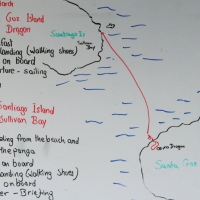
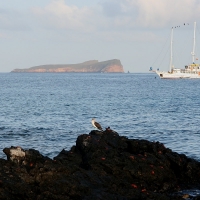
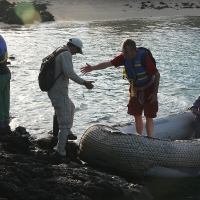
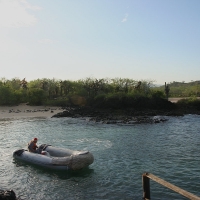
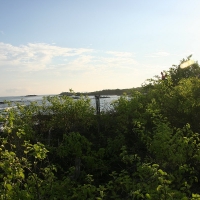
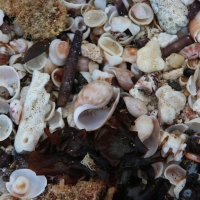
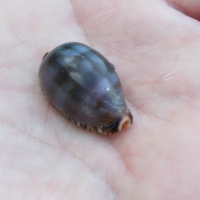
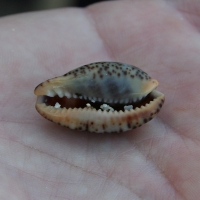
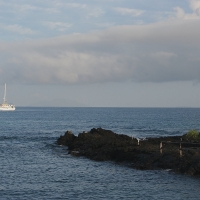
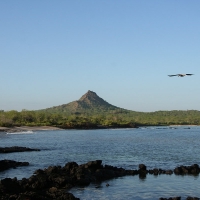
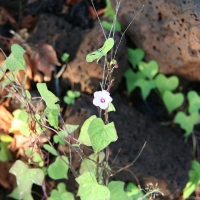
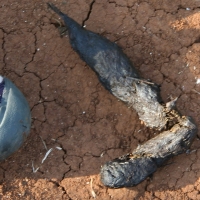
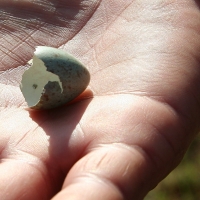
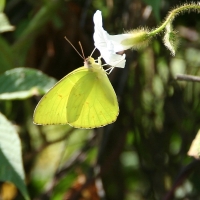
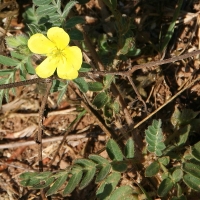
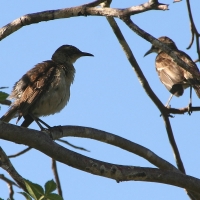
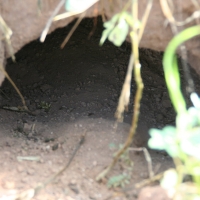
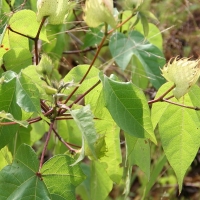
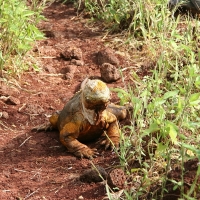
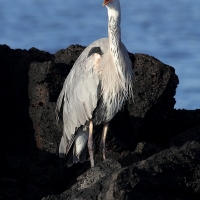
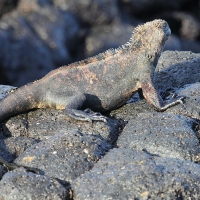
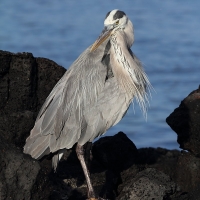
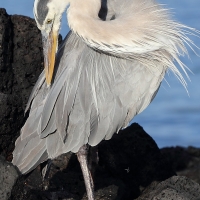
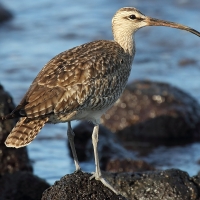
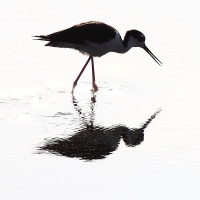
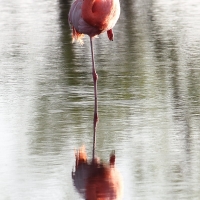
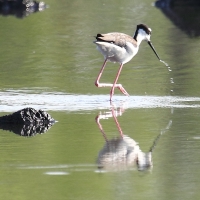
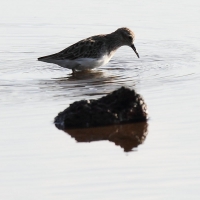
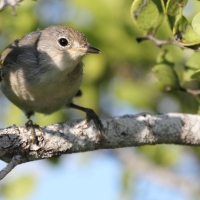
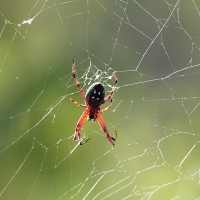
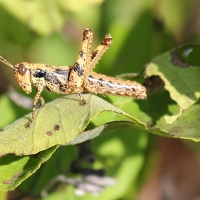
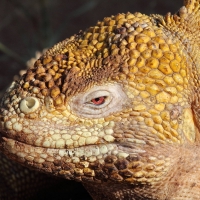
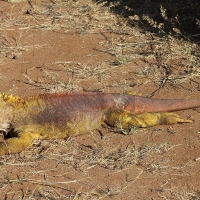
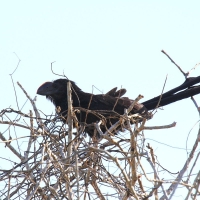
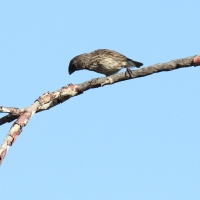
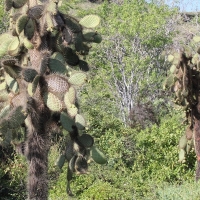
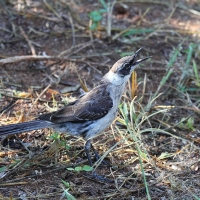
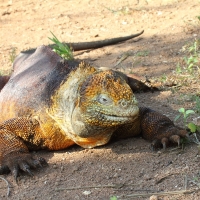
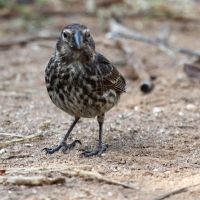
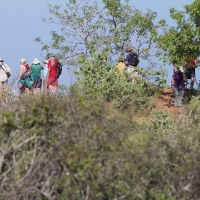
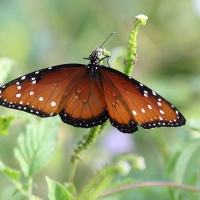
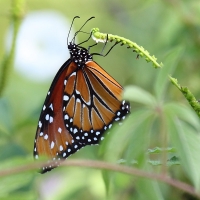
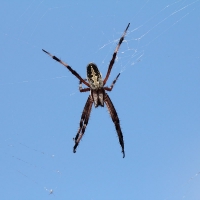
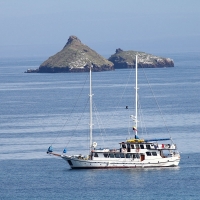
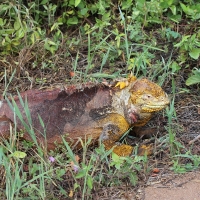
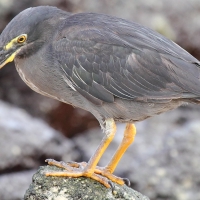
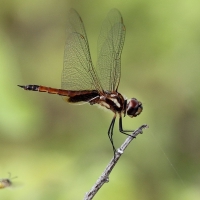
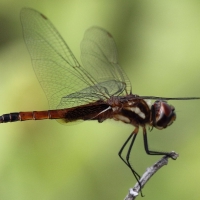
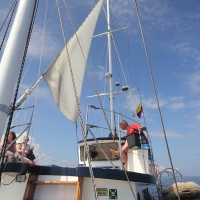
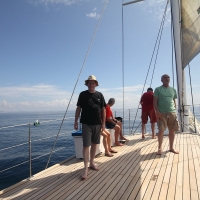
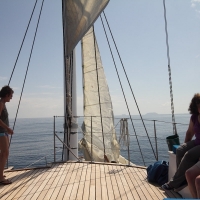
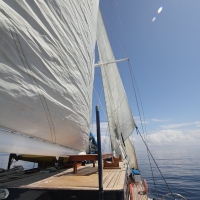
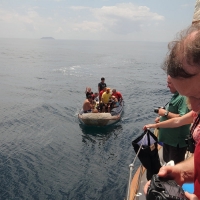
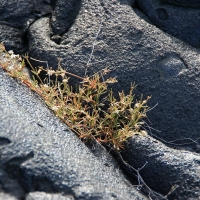
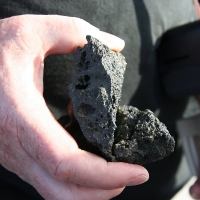
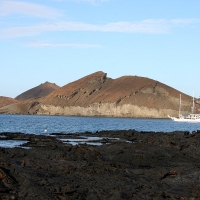
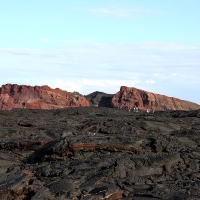
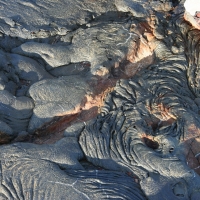
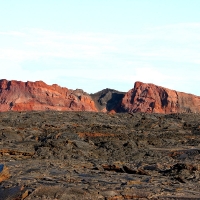
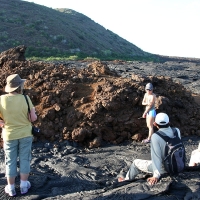
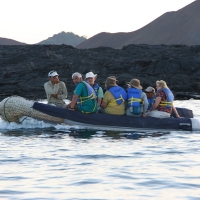
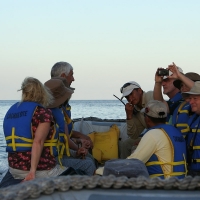
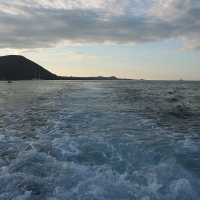
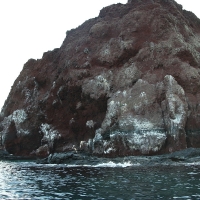
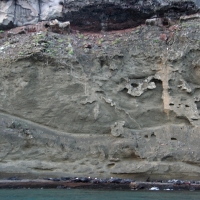
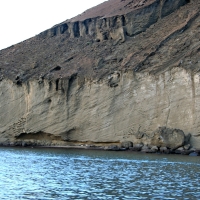
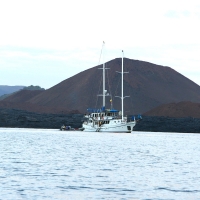
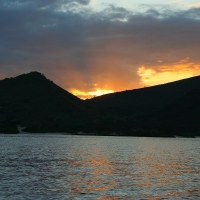
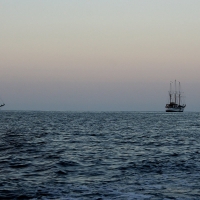
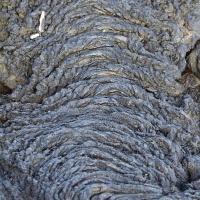
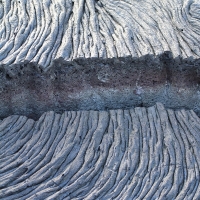
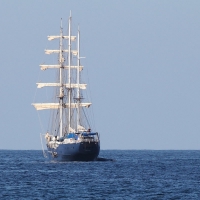
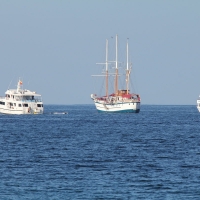
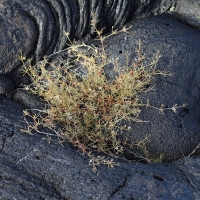
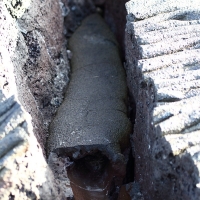
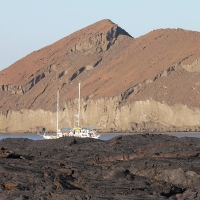
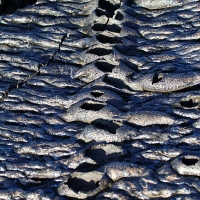
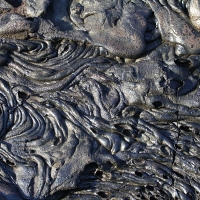
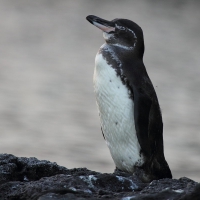
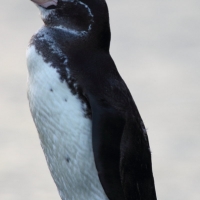
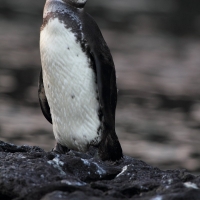
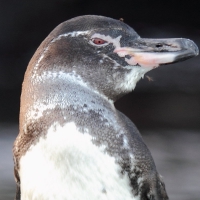
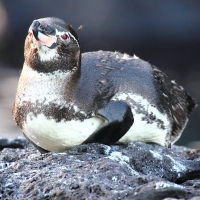
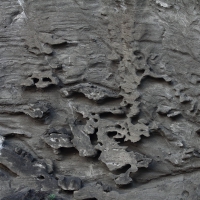
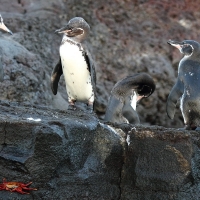
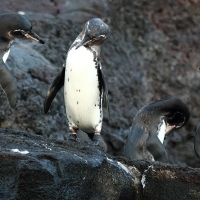
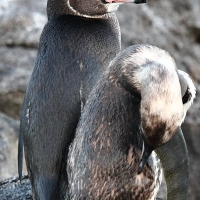
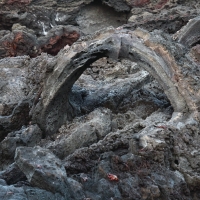
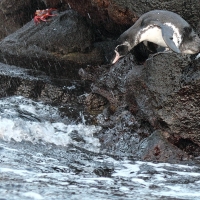
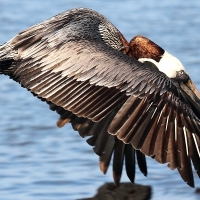
I remember very well being lost on that day after photographing some magnificent butterflies, and couldn’t understand why my nearest and dearest thought that I would intuitively know not to follow the arrow when the path divided, but to take the other path. He must think I am very clever! I did a lot of running around and shouting, thinking that the group must be totally deaf, and was very glad when Steve also took the wrong path (the one with the arrow pointing to it) and caught up with me. I had visions of being stranded on a desert island, with Richard not realising till much later that I wasn’t just being naughty, but really was lost, and not on the boat. Steve and I did find a rather splendid Striped Saddlebags (Tramea calverti) though, and took time to photograph it.
I had to put up with comments fom Rosemary for the rest of the day. She was not amused.
OK, so why is your excellent picture of that beautiful dragonfly (the first shot) not in your star pictures gallery, pray tell? It’s a lovely shot, especially if you clone out the wasp thingy. 😀
I have added it to my star photos.
That wasp thing, I chose that shot because of the wasp thing, to show the extreme danger I was working under.